No matter how much we wish for a life of sunshine and smooth sailing, the world always finds a way of humbling us. We’re young until we’re not. We’re healthy until we receive a devastating diagnosis. We’re with those we love until they’re taken from us. Forests burn while the birds sing. Life’s beauty is inseparable from its fragility.
This “bothness”—the persistent, sometimes painful duality of life—is a cornerstone of emotional agility. You’re experiencing bothness when a career change thrills and terrifies you in equal measure. It’s present when your child has disappointed you and you love them all the same. Bothness exists in our capacity to welcome conflicting emotions—to feel joy at having known someone even as we grieve when they’ve passed on.
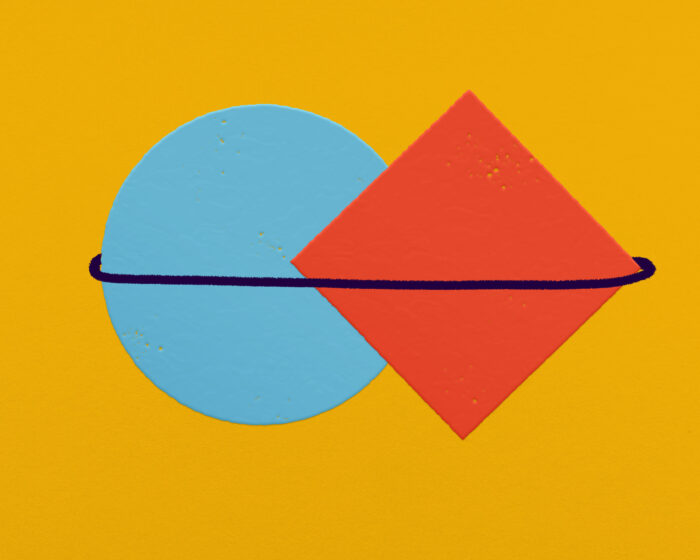
This bothness—the integration of all emotions into your life, even the challenging ones—is a litmus test of psychological health and wellbeing. It is the ability of an individual to recognize a difficult emotion or experience as being part of them without allowing it to define their identity or dictate their actions.
Integration is when we refuse to classify our feelings as inherently good or bad, and instead accept them as part of the experience of being human.
The opposite of integration is segmentation. Segmentation happens when we separate our lives into things we think about and things we do not think about, places we go and places we do not go, topics we discuss and those that are off limits. It often rears its head during challenging times. If a couple ignores a source of conflict within their relationship, they drive a wedge into it, cordoning off that topic with a “no entry” sign. When a leader perceives an employee’s concern about organizational change as “negative” (rather than a signal that the employee is invested in their job) they erode psychological safety in the workplace. But reliance on segmentation is unsustainable. It doesn’t match our lived reality, where life’s darkest and most joyful moments, interwoven, are its beauty.
We see the rigidity of segmentation all around us, from our adherence to traditional professional hierarchies to the way we talk to our children to the harmful, divisive siloing of politics. We assume leaders have the answers, so we don’t ask novices for their perspective. Instead of acknowledging that riding a bike without training wheels is both frightening and achievable, we tell our kids, “It’s not that scary.” And when a loved one tries to broach a topic that makes us anxious, we shut down instead of opening a dialogue and trying to achieve an understanding. But effective coping rarely involves turning away and shutting down. After all, how will we ever have truly meaningful conversations if we can’t stand to face discomfort?
Bothness allows you to engage with people whose values depart from your own. It allows you to understand that a conversation with someone different doesn’t negate what you hold dear. Indeed, it is often the choice not to reach out and engage that is antithetical to your values. There is wisdom in bothness. We can move forward in hope and in fear, respecting the contradictions inside each one of us. Bothness gives us access to the full spectrum of life. Too often, we think that the world is a series of either/or decisions. Be bold. Choose both.


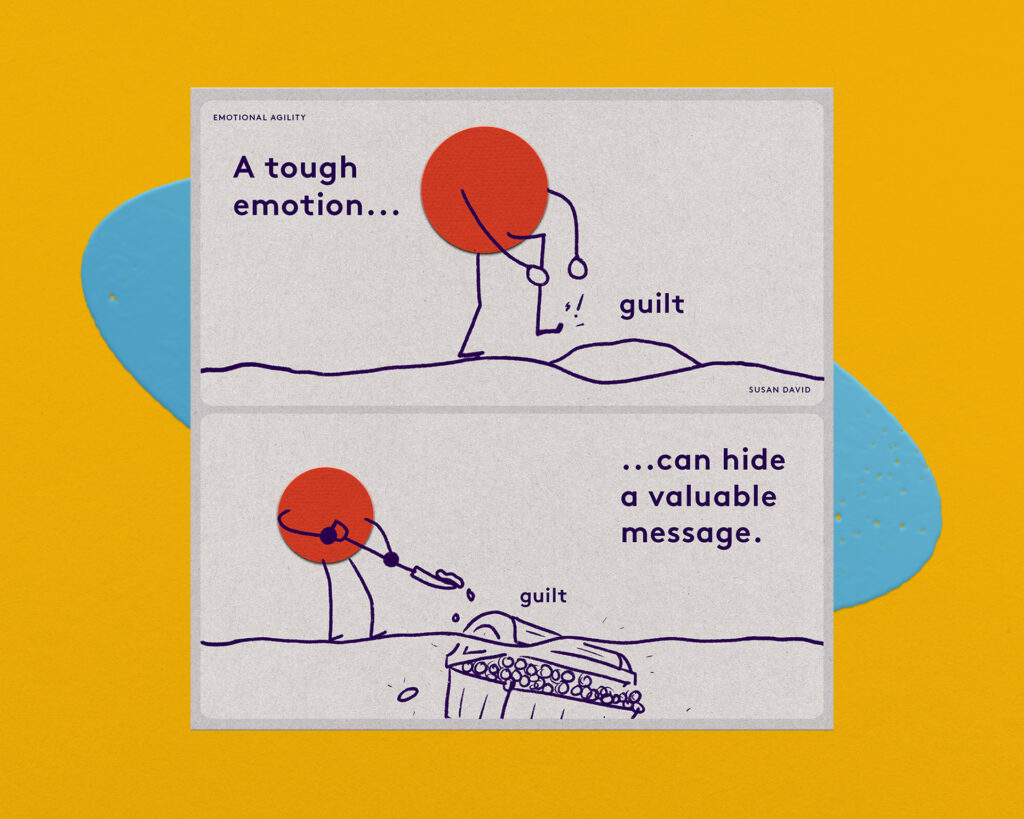
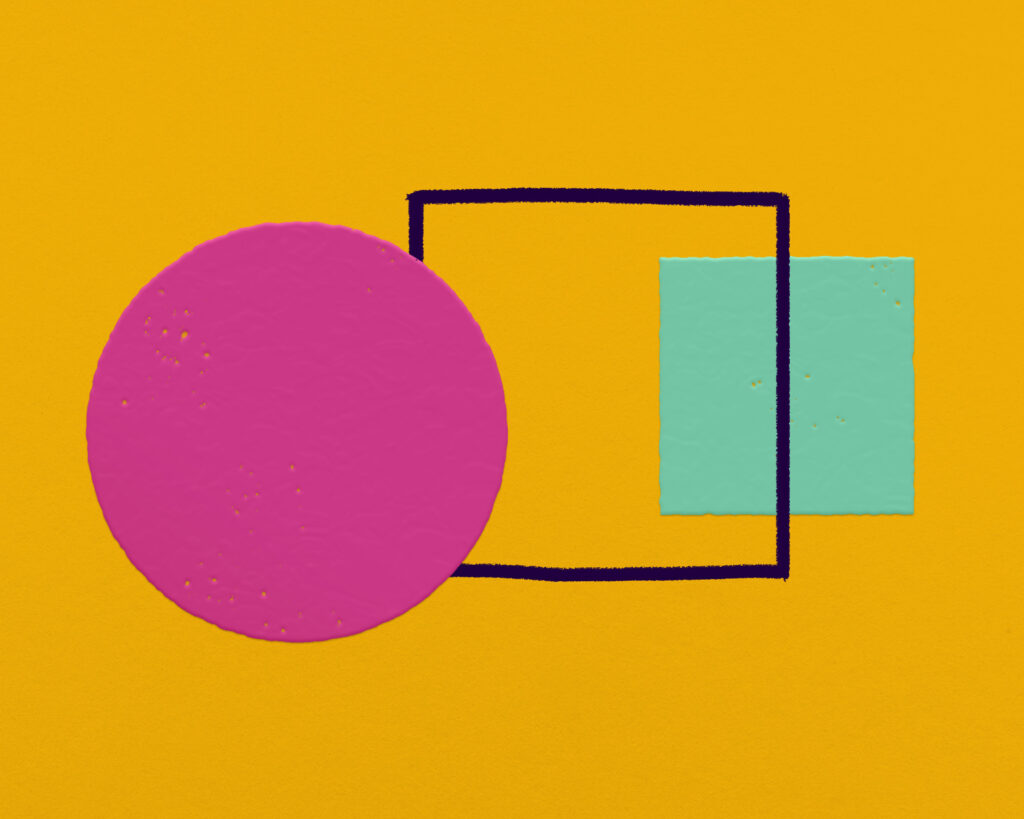
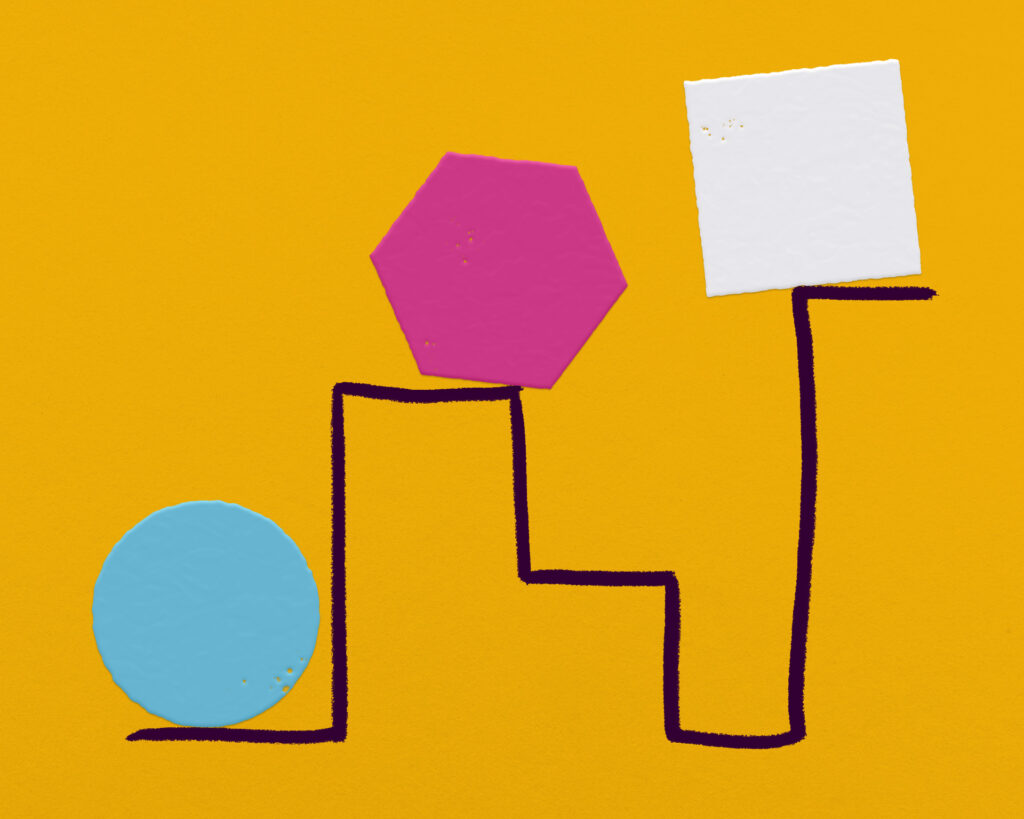
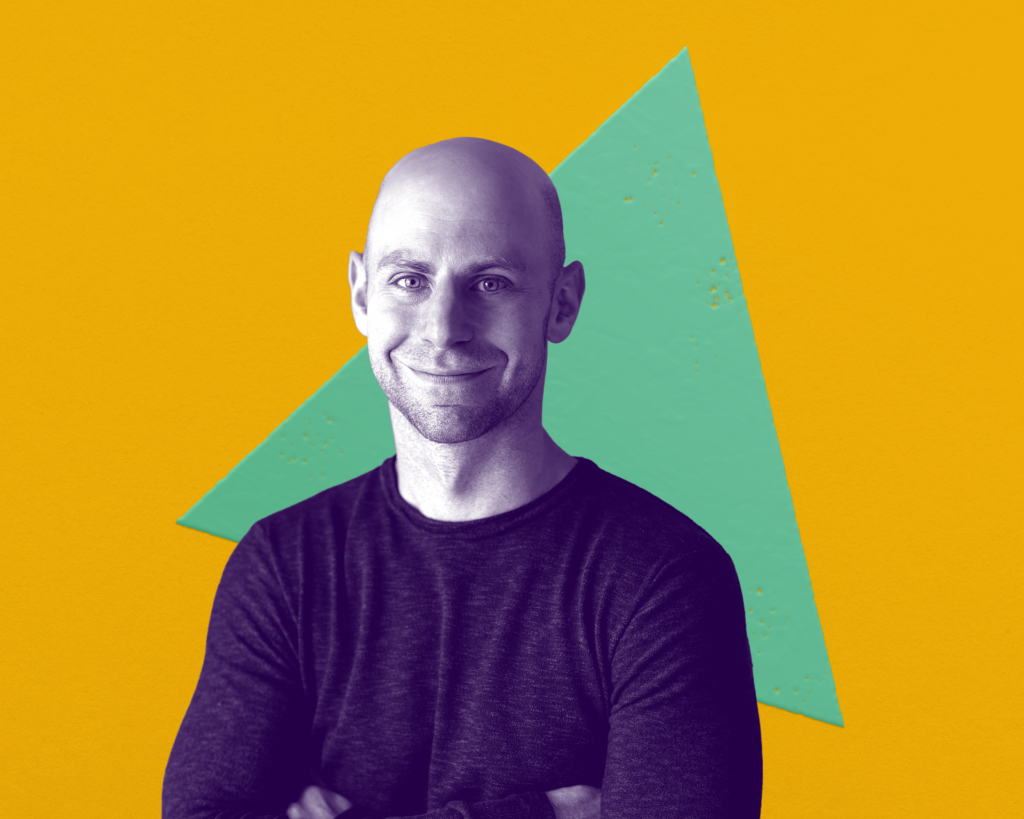
 Take the Quiz
Take the Quiz